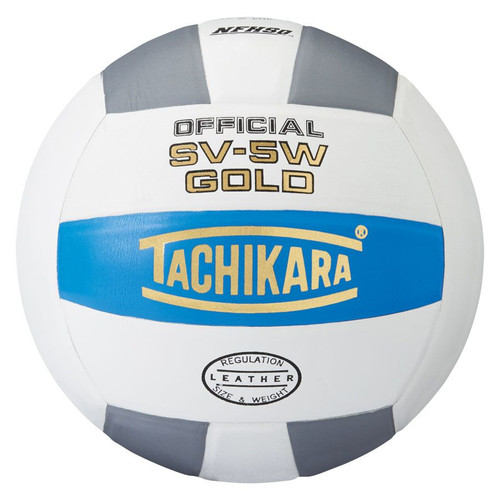-

-

-

-

-

-

-

Molten AAU Youth Volleyball
$31.99 -

Molten First Touch
$11.99 -

-

-

-

We have a great selection of indoor volleyballs by top brands like Molten, Spalding, Mikasa, Wilson, and Tachikara.
Materials - Leather vs. Synthetic Composite
One major difference among volleyballs is whether they are made of leather, or some type of synthetic composite. Volleyballs also are made from rubber, but these are designed more for playground use than for real volleyball competition.
Leather Volleyballs: Leather volleyballs traditionally are the top quality volleyballs. Different grades of leather exist. Consequently, the highest priced leather volleyball will have the best feel and playability. Generally, as the price decreases, the leather volleyball becomes harder and will not be as easy to play with. However, not everyone wants the softest volleyball, so some top-of-the-line volleyballs are made harder than others for different tastes in playability. Typically, people who like to hit the ball hard (usually male volleyball players) prefer a harder volleyball. Backrow players, by contrast, usually prefer a softer volleyball.
Synthetic and Composite Volleyballs: Every company has its own ideas and inventions regarding composite fabrics used to produce synthetic and composite volleyballs. Most companies claim their volleyballs are the best. However, that is for the volleyball player to decide. Personal taste dictates whether you prefer the playability of one composite volleyball to another composite volleyball. As with leather volleyballs, composite volleyballs also lose playability as the price goes down. Composite volleyballs typically are regarded as practice balls, so most major volleyball leagues (school, club, pro) use leather volleyballs. However, a few leagues, such as the AVP, use a composite volleyball.
